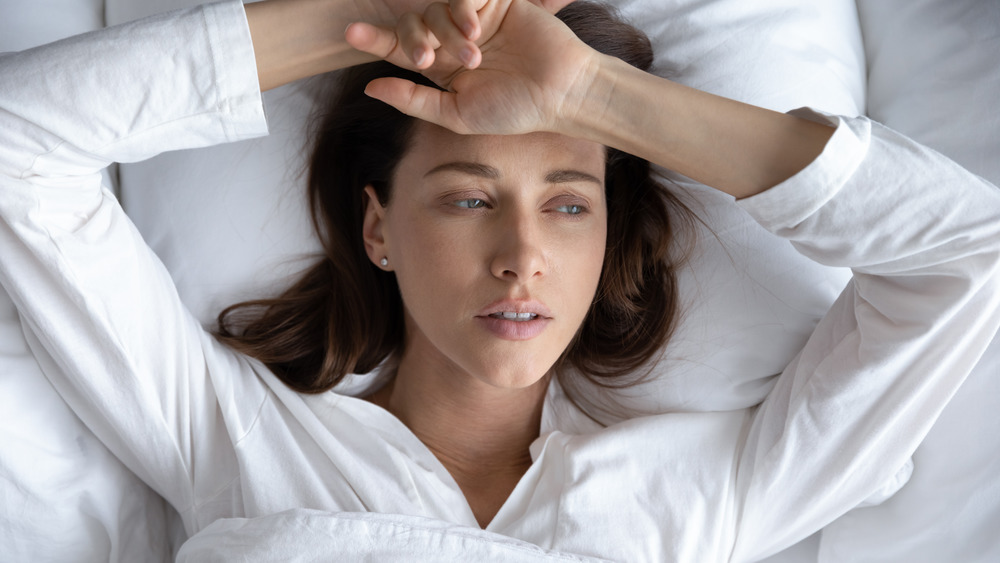The Truth About Blue Monday, The 'Most Depressing' Day Of The Year
The third Monday of each January is allegedly the "most depressing" day of the year, but that's a myth mental health experts are trying to debunk (via Medical News Today). This year, the day in question falls on January 18, and there's no reason to believe it should affect your mental health any differently than any other day.
Blue Monday originated as a PR stunt meant to sell vacations, according to the Mental Health Foundation, a non-profit organization based in the United Kingdom. It all started in 2005 when UK psychologist Dr. Cliff Arnall claimed he came up with a formula to determine the most miserable day of the year (via CNN). The calculation took into account a number of factors, including the weather, debt following the holiday season, dissatisfaction from returning to work, and frustration and disappointment from not sticking to New Year's resolutions.
However, no actual scientific studies have ever proven these claims. Critics say such a day would be impossible to calculate as many of the factors that go into the formula cannot be measured or compared. For example, the weather varies greatly across geographic regions and there's no way to know exactly when people begin to falter on their resolutions. And as the Mental Health Foundation points out in a recent post on its website, "it is pointless to try and identify what the most depressing day of the year is because it would be different for each one of us."
What to know about seasonal depression
While Blue Monday is a myth, seasonal depression is very real. Seasonal affective disorder, or SAD, affects about five percent of adults in the United States and lasts about 40 percent of the year, according to the American Psychiatric Association. People with SAD experience symptoms similar to depression. It typically occurs during the fall and winter months when the days are shorter and nights are longer. The disorder has been linked to a biochemical imbalance in the brain and a shift in circadian rhythm triggered by shorter days and less sunlight.
Symptoms of SAD include feeling sad or depressed, changes in sleep (usually oversleeping), low energy and fatigue, losing interest in activities you once enjoyed, difficulty concentrating, changes in appetite (typically overeating and craving carbohydrates), feeling worthless, and thoughts of suicide. While SAD tends to go away when the seasons change, the disorder can be treated effectively in a number of ways, including light therapy, psychotherapy, antidepressants, and vitamin D (via National Institutes of Mental Health). These treatments can be used alone or in combination and may lead to an improvement in symptoms within a couple of weeks.
If you or anyone you know is having suicidal thoughts, please call the National Suicide Prevention Lifeline at 1-800-273-TALK (8255).


